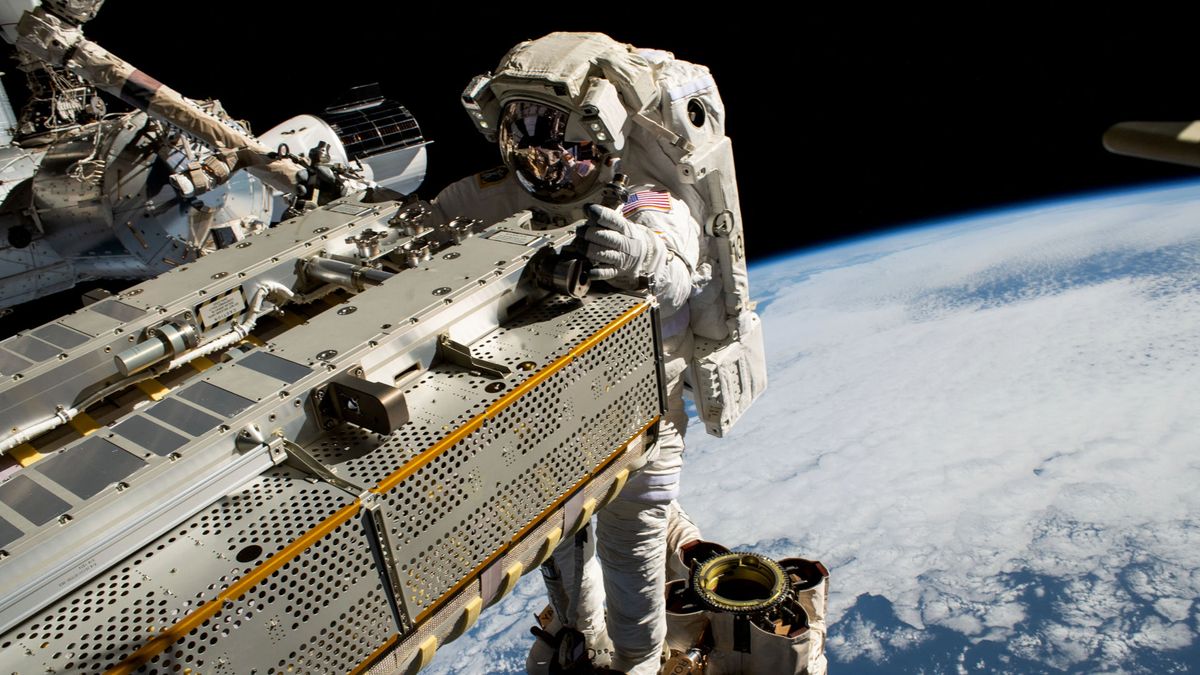In 1969, Charles Bourland flew to Houston to interview for a food scientist position at NASA’s Johnson Space Center. From his lodge’s lobby, he watched with millions of Americans as Apollo astronauts took their first steps on the moon.
It becomes a “pretty superb aspect” to witness while thinking about a NASA job, he recollects with a laugh. Bourland, now 82, came on board that year; he retired in 2000. In his 31 years as a NASA meals scientist, he did many things to improve what astronauts eat, including adding potassium and reprocessed items.
Being a NASA food scientist may be complicated. The group has needed to deal with various demanding situations, from extending shelf lives by years to maximizing dietary value and minimizing weight to retaining dishes from flying apart in microgravity.

NPR spoke to Bourland and Vickie Kloeris, a food scientist and food structures manager at NASA from 1989 to 2018, about their craft and evolution. To commemorate Apollo 11’s 50th anniversary, here’s how ingesting in space has developed — from John Glenn’s first chew of applesauce to cutting-edge beloved Sriracha bottles.
When Kloeris joined NASA’s food program in the Nineteen Eighties, food groups despatched bread into the area—however, it wasn’t ideal. Bread tends to fall apart, and in microgravity, crumbs fly everywhere, contaminating the surrounding air and probably jamming sensitive equipment. It also has a speedy shelf lifestyle, developing moldy in just a few days.
But in the mid-Nineteen Eighties, a payload professional from Mexico named Rodolfo Neri Vela went into the area and requested a special free product — tortillas. “Crew members saw how easy it was to take something and roll it up,” Kloeris says. “A lot easier to cope with than the bread and crumbs. After that, it becomes, ‘Forget the bread, permit’s convey up tortillas!’ ” This solved the crumb’s trouble but not the mildew hassle. Tortillas again, then handiest, lasted eight to 10 days in orbit. So meal scientists at the Johnson Space Center began experimenting, drawing on the military’s maintenance techniques for its bread products. This concern is decreasing the water pastime (free water) in the bread and packaging it without oxygen to save you mildew. In this way, they were given their tortillas to last numerous months. However, they could not get them closer until the economic food enterprise inspired them.
Taco Bell began advertising a new soft taco-making kit in the Nineteen Nineties. The tortillas on this package they marketed had a shelf life of 9 months.
As soon as the meals scientists saw this claim, “We knew that [the Taco Bell product] needed to be a low water-hobby tortilla,” Kloeris says. “We tested it, and sure sufficient,” the tortillas, without a doubt, lasted even longer, frequently over a year. NASA started buying Taco Bell tortillas and repackaging them for their astronauts.
Nowadays, NASA buys the same tortillas, but prepackaged, from the military, a supply for plenty of NASA food objects.
During the Apollo technology, astronauts had a fairly restrained menu. According to a menu Bourland provided to NPR, they had fewer than 70 objects to pick from, together with beverages, condiments, and entrees. Nowadays, astronauts select their choices from a core menu of over two hundred objects, such as entrees like beef steak, lasagna, and tuna casserole, which they warm in a small machine. Astronauts have a limited range of “preference containers” for ingredients of the core menu. For instance, astronauts who love packaged items, like a form of cereal, can request them for their flight. Space travelers from Japan or Europe, whom NASA additionally feeds, can deliver dishes from their home countries.
To make it onto the distance station as a part of the middle menu or as the desired item, meals should meet “microbiological and shelf-lifestyles requirements,” Kloeris says. In other phrases, no uncooked hen, eggs, or every other meal in all likelihood to destroy quickly.

